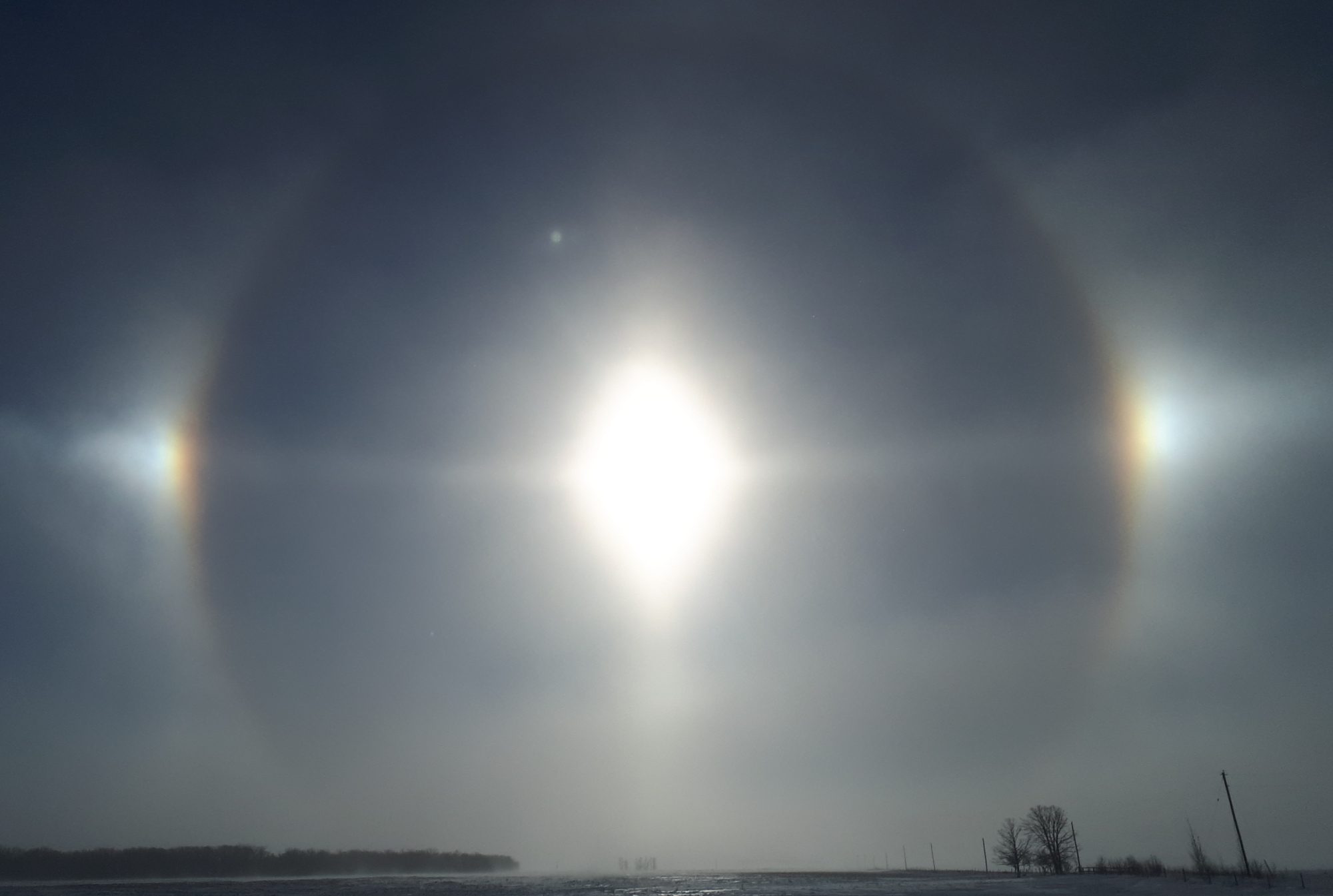
The Real world inefficiency of wind and solar
Update – Don’t believe me, well listen to an acolyte of the radical Lefties. Better watch Michael Moore’s film, ‘Planet of the Humans‘ before it gets successfully banned.
For Canadians suffering through this bitter winter cold snap, I thought I would crunch some actual numbers to see how some various forms of power generation were performing.
As a preamble, when it comes to generating electricity there are a few terms to understand. For example, just because a wind turbine or a natural gas generating station is rated for ‘X’ amount of Megawatts (MW), that does not mean that it is the constant output. It is a maximum output. In reality, the wind is not constantly blowing, the sun does not shine at night, and power plants get taken offline for repairs and maintenance.
The following chart shows the relative ‘efficiency’ of US power generation facilities. Note that nuclear power far and away is the most efficient power source.

But let’s see how some real world Canadian energy sources stack up against one another.
My analysis for the following graphs comes directly from the Alberta Utilities Commission Annual Electricity Data reports which can be accessed here. I took the last five years of data (2014-18) to determine the efficiencies of each type of power generation.
The first graph lists the percentages of each type of power generation in Alberta over the five year time period. The total installed capacity added up to 80875 MW.

The total output of electrical generation over the time period was 415,652 GW and below is the percentages of how the power was produced.

For comparison purposes, I produced a graph from just the 2018 energy production statistics.

After crunching the numbers, I came up with the following efficiency factors for Alberta’s energy sources.

Compared to the US figures, the Alberta numbers are all more or less in the ballpark.
Environmentalists would have you believe that Canada should divest themselves of all fossil fuels and make the switch to renewable, ‘green’ energy such as wind and solar. Well here are some numbers regarding that type of action.
In 2018, Alberta coal and natural gas produced just over 76,000 GWh of power. Alberta has 900 wind turbines with a maximum output of 1500 MW. In order to replace coal and oil using the Alberta efficiency rating of 31.2%, the province would need 17,000 extra turbines. Using numbers obtained from SaskWind, each turbine would have a footprint of about .75 acre/MW which equates to 32 sq miles. Now because of turbulence, landscape, environmental, etc. issues, you can’t just jam all the turbines together so they need to be spread out. SaskWind figures about 87 acres/MW which translates to turbines being scattered out into a 3750 sq mile area.
Working through the same exercise with solar being used to replace coal and natural gas, I used Suncyclopedia’s average of five acres for one solar MW installation. Using the US solar efficiency number of 25%, the land area needed would be 273 sq miles. Using the Alberta efficiency number of 17%, land area is just over 400 sq miles.
So what’s the big deal with switching over? Well there’s many inherent problems with wind and solar that do not seem to justify the incredible amounts of money that have been thrown at the technologies. But they are the darlings which every Western government seems intent on promoting.
The following Alberta energy graphs prepared by Reliable AB Energy for December 2019 illustrate better than words why wind and solar are poor energy alternatives. Follow Reliable AB Energy on Twitter for daily updates on the state of Alberta’s energy sources.


Imagine if you were relying only on electricity from solar from Dec 8 – 16. What about the Dec 11 – 15 time frame for wind? These power sources are too unreliable to be counted upon especially during a brutal cold weather event such as what regularly occurs across Canada at this time of year. The back-up power plants would make the wind and solar systems redundant. So why would we have them in the first place?
Wind and solar energy are expensive boondoggles that will never replace better forms of energy, particularly nuclear or even clean-burning technologies for coal. It is time to stop wasting Canadian’s money on these pipedreams.
Blair is a personification of a ‘Jack of All Trades and Master of None’. He has held several careers and has all the T-shirts. Time to add the title Blogger to the list.
